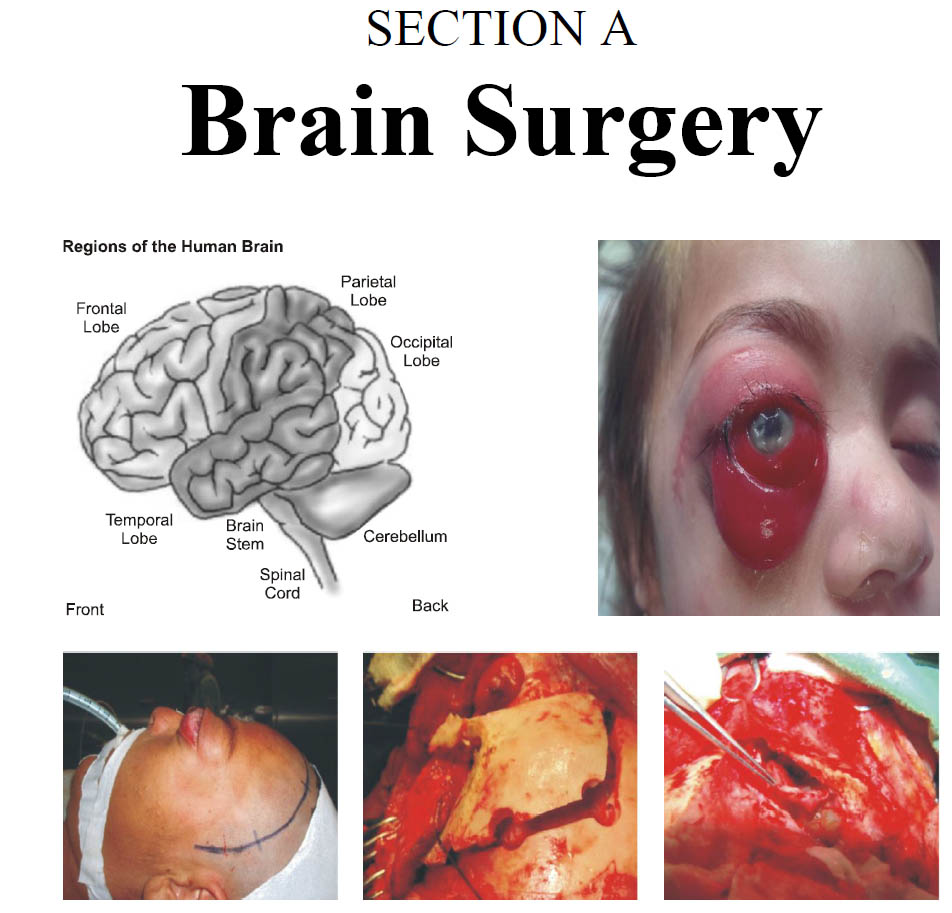Outcome of Traumatic Subarachnoid Hemorrhage in Patients Presenting to Neurosurgery Department Lady Reading Hospital Peshawar
DOI:
https://doi.org/10.36552/pjns.v22i4.301Keywords:
Traumatic, Subarachnoid HemorrhageAbstract
Objective: To know about outcome of Traumatic Subarachnoid Hemorrhage based on Glasgow outcome scale at the time of discharge from the hospital.
Material and Methods: We conducted prospective observational study at Neurosurgery Department Lady Reading Hospital Peshawar from January 2016 to June 2016 with total 6 months' duration. All patients with traumatic subarachnoid hemorrhage having both genders and having age from 10 to 60 years were included. Patients with sub arachnoid hemorrhage due to aneurysm, AVM, brain tumors, neuroinfections, anticoagulants, sickle cell anemia and having other forms of traumatic brain injuries were excluded. SPSS version 20 was used for data analysis and showed in the form of tables and graphs.
Results: 48% patients were in age group from 2nd to 4th decade while 19% had age< 2nd decade and remaining 33 % patients age > 40 years. 32 years ± 2.12SD was the mean age for all patients. 72% patients were male and 28% females. RTA (58.97%) was most common cause and majority of the patients initially at arrival were in the GCS range of 3 to 8 (74.74%). At the discharge from the hospital 60% patients had unfavorable traumatic subarachnoid hemorrhage while 40% patients had favorable traumatic subarachnoid hemorrhage.
Conclusion: Our study concluded that the frequency of unfavorable traumatic subarachnoid hemorrhage is higher in KPK as compare to other international studies because of severity of the trauma, late presentation of the patients in the hospital, less community education about traumatic brain injuries, short time of follow up, Deficiency of neurosurgical icu,s in our set up.
References
2. Islam MM, Bhuiyan TH, Hassan MK, Asadullah MATM, Raihan Z, Hossain SS, et al. Management strategy and outcome of epidural hematoma in relation to volume. Faridpur Med Coll J. 2011; 6 (2): 89-91.
3. Tallon JM, Ackroyd Stolarz S, karim SA, Clark DB. The epidemiology of surgically treated acute subdural and epidural hematomas in patients with head injuries: a population-based study. Can J Surg. 2008; 51 (5): 339-45.
4. Silva MD, Brazis P, Millar D, Wharen R, Smith CC, Freeman WD. A delayed onset, complete third-nerve palsy after traumatic subarachnoid hemorrhage. J VascInterv Neurol. 2013; 6 (1): 22–5.
5. Borczok P, Penn J, Peak S, Chang Y. Patients with traumatic subarachnoid hemorrhage are at low risk for deterioration or neurosurgical intervention. J Trauma Acute Care Surg. 2013; 74 (6): 1504–9.
6. Lin TK, Chieh, Hsieh HT, Tsung C. The impact of traumatic subarachnoid hemorrhage on outcome: A study with grouping of traumatic subarachnoid hemorrhage and trans-cranial doppler sonography. J Trauma Acute Care Surg. 2012; 73 (1): 131–6.
7. Gaetani P, Reavy M, Sciacca S, Pessani F, Aimer E, Levi D, et al. Traumatic brain injury in the elderly: considerations in a series of 103 patients older than 70. J Neurosurg Sci. 2012 Sep; 56 (3): 231-7.
8. Perry JJ, Stiell IG, Sivilotti ML, Bullard MJ, Emond M, Symington C, et al. Sensitivity of computed tomography performed within six hours of onset of headache for diagnosis of subarachnoid hemorrhage: prospective cohort study. BMJ. 2011; 343: 4277.
9. Wong GKC, Yeung GH, Graham CA, Zhu XL, Rainer TH, Poon WS, et al. Neurological outcome in patients with traumatic brain injury and its relationship with computed tomography patterns of traumatic subarachnoid hemorrhage. J Neurosurg. 2011; 114 (6): 1510-5.
10. Wong GKC, Ngai K, Wong A, Lam SW, Mok VC, Yeung J, et al. Long-term cognitive dysfunction in patients with traumatic subarachnoid hemorrhage: prevalence and risk factors. Acta Neurol. 2012; 154 (1): 105-11.
11. Wilson JT, Pettigrew LE, Teasdale GM. Structured interviews for the glasgow outcome scale and the extended glasgow outcome scale: guidelines for their use. J Neurotrauma. 2009; 15 (8): 1-10.
12. Paiva WS, De Anderade AF, De amorim RL, Muniz RK, Paganelli PM, Bernar LS. The prognosis of the traumatic subarachnoid hemorrhage: a prospective report of 121 patients.Int Surg. 2010; 95 (2): 172-6.
13. Phelan HA, Richter AA, Scott WW, Pruitt JH, Madden CJ, Rickert KL, et al. Does isolated traumatic subarachnoid hemorrhage merit a lower intensity level of observation than other traumatic brain injury? J Neurotrauma. 2014; 31 (20): 1733-6.
14. Rubino S, Zaman RA, Sturge CR, Fried JG, Desai A, Simmons NE, et al. Outpatient follow-up of nonoperative cerebral contusion and traumatic subarachnoid hemorrhage: does repeat head CT alter clinical decision-making? J Neurosurg. 2014 Oct; 121 (4): 944-9.
15. Harvey LA, Close JC. Traumatic brain injury in older adults: characteristics, causes and consequences. Injury, 2012; 43 (11): 1821-6.
16. Okten AI1, Gezercan Y, Ergün R. Traumatic subarachnoid hemorrhage: a prospective study of 58 cases. Ulus Travma Acil Cerrahi Derg. 2006 Apr; 12 (2): 107-14.
17. Lee JJ, Segar DJ, Asaad WF. Comprehensive assessment of isolated traumatic subarachnoid hemorrhage. J Neurotrauma. 2014 Apr. 1; 31 (7): 595-609.
18. Servadei F, Murray GD, Teasdale GM, Dearden M, Iannotti F, Lapierre F,et al . Traumatic subarachnoid hemorrhage: demographic and clinical study of 750 patients from the European brain injury consortium survey of head injuries. Neurosurg. 2002 Feb; 50 (2): 261-7.

Downloads
Published
Issue
Section
License
The work published by PJNS is licensed under a Creative Commons Attribution-NonCommercial 4.0 International (CC BY-NC 4.0). Copyrights on any open access article published by Pakistan Journal of Neurological Surgery are retained by the author(s).












